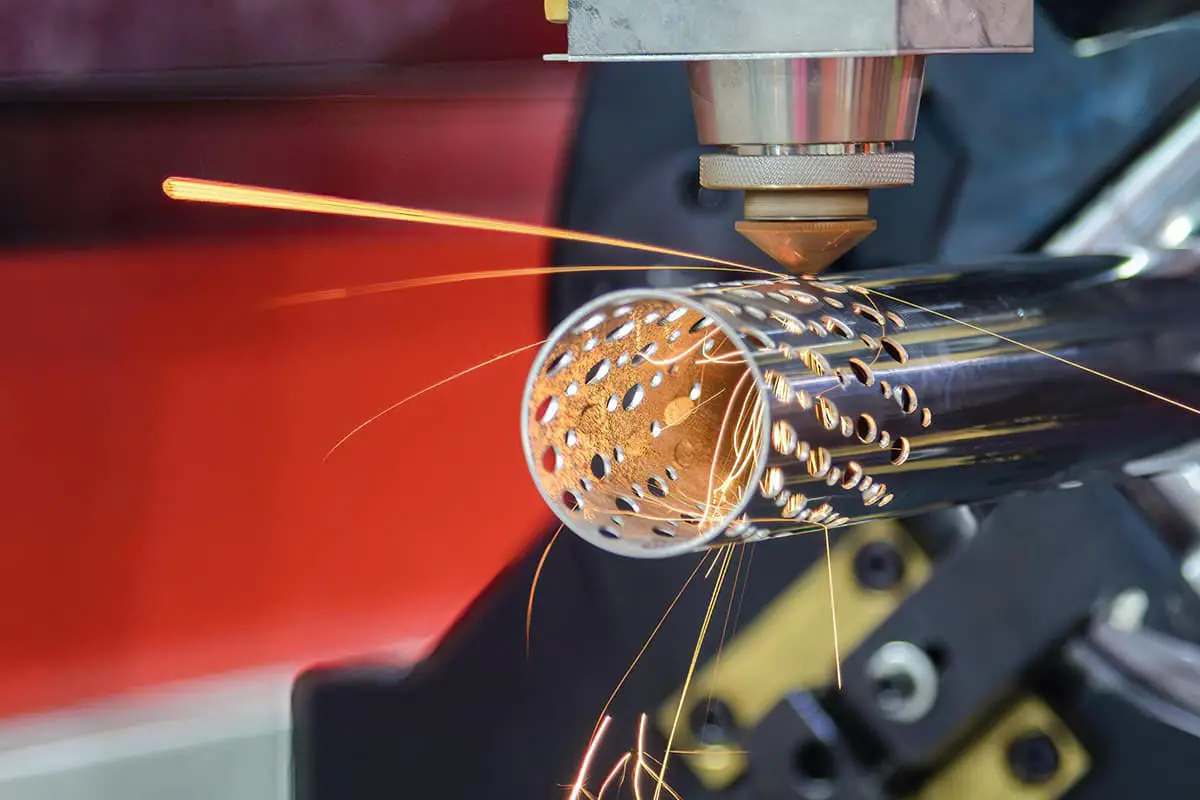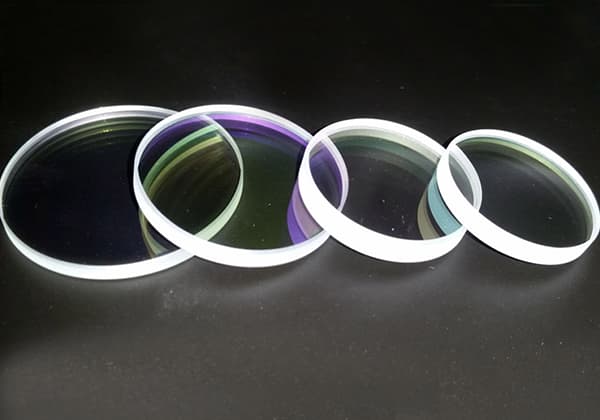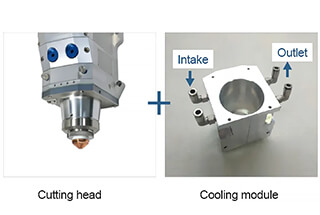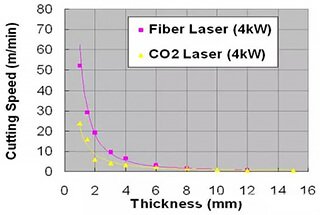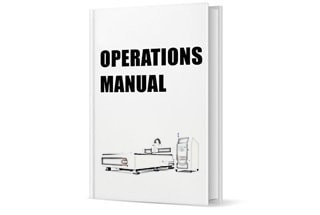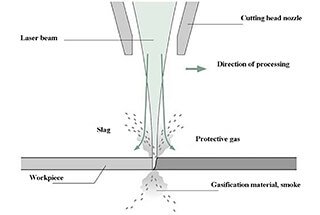
Maintaining the efficiency of laser equipment hinges on regular cleaning and careful upkeep. From removing dust and fingerprints from lenses to preventing winter freeze damage, proper maintenance practices are essential. This guide covers crucial steps for cleaning and maintaining lenses, including the use of appropriate cleaning agents and handling techniques. It also outlines antifreeze maintenance tips to protect your equipment during colder months. Readers will learn practical methods to extend the lifespan and performance of their laser machines.
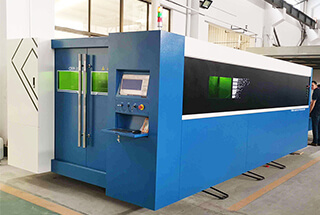
In the optical path system of a laser cutting machine, the protective lens is a consumable component. To minimize usage cost, it is necessary to clean the lens strictly according to specifications.
During the cleaning and replacement process, it is important to handle the protective lenses with care, taking care to prevent contamination or damage.
Once new lenses are installed, it is crucial to inspect and clean the protective lenses regularly to ensure optimal performance.
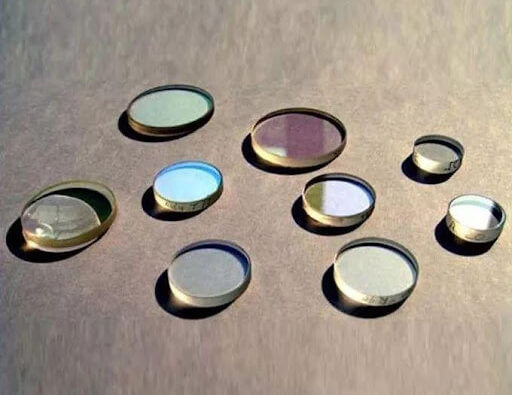
Different cleaning methods can be adopted for lens cleaning depending on the level of pollution. Here are some suggested methods:
(1) Flexible cleaning for lenses with slight pollution (dust, fiber particles);
To clean the lens surface, use a clean airbag or a stream of clean air to blow off the pollutants scattered on it. It’s important to avoid using air pipes typically found in workshops since they often contain oil and water that can further contaminate the lens.
These pollutants can form a harmful absorption layer on the lens surface if left uncleaned.
(2) Flexible cleaning for lenses with slight pollution (stains and fingerprints);
Take an unused, special cotton swab and soak it in a cleaning agent such as acetone or absolute ethanol. Gently wipe the lens surface without rubbing it hard. Slowly drag the wet cotton across the lens surface so that the liquid left behind can evaporate immediately, leaving no traces.
Note that only pure paper cotton swabs, such as Q-tip brand cotton swabs, or polyester fiber cotton swabs should be used for this purpose.
For the cleaning agents, it is recommended to use reagent-grade acetone and absolute ethanol.
(3) Medium-intensity cleaning for lenses with moderate contamination (saliva, oil);
Soak an unused cotton swab with 6% distilled white vinegar, and then use it to wipe the lens surface with slight pressure. Next, wipe any excess vinegar on the lens surface with a clean, dry cotton swab. Afterwards, soak a cotton swab with acetone and gently wipe the lens surface to remove all acetic acid residue.
For seriously polluted or dirty lenses, optical polishing fluid can also be used to remove pollutants from the lens surface.
The steps are as follows:
(1) Before use, shake the polishing liquid container thoroughly. Pour four to five drops of the polishing liquid onto a cotton ball.
Gently move the cotton ball in a circular motion on the surface of the lens to be cleaned. Do not press down on the cotton ball. Rotate the lens constantly to avoid excessive polishing in one direction.
The time taken to clean the lens should not exceed half a minute. If the color of the lens surface changes during this step, it indicates that the outside of the lens film has been corroded, and cleaning should be stopped immediately.
(2) After using the polishing solution, soak an unused cotton swab in distilled water. Gently wipe the lens surface with it to thoroughly wet the lens surface and remove the residue of the polishing solution as much as possible.
Do not allow the lens surface to dry as it will increase the difficulty of removing polishing fluid residue.
(3) Quickly wet a pile of cotton swabs with absolute ethanol. Use them to gently and thoroughly clean the lens surface. Cover the entire surface with the head of a cotton swab and remove as much polishing fluid residue as possible.
(4) Wet the pile of cotton swabs with acetone and clean the lens surface with them to remove all anhydrous ethanol and polishing fluid residues left during the cleaning process.
When performing the final cleaning with acetone, gently drag the cotton swab on the lens surface to wipe off the original traces until the whole surface is wiped clean. Make the last wiping action with a cotton swab and move it slowly to ensure that the surface behind the cotton swab can dry immediately, which can eliminate the streaks on the surface.
Some types of contamination or damage (such as metal spatter, potholes, etc.) cannot be removed.
If the lens surface has the above pollution or damage and cannot be cleaned and restored, abandon cleaning and replace it with a new lens to ensure cutting quality.
The following measures can be taken for daily maintenance:
(1) Prior to removing the protective lens, ensure that the area surrounding the cutting head’s protective lens is clean, and no fan is directed towards the cutting head to prevent the introduction of dust and internal contamination when removing the protective lens.
(2) Avoid touching the lens with bare fingers. Instead, use powder-free finger covers or rubber/latex gloves when installing the lens.
(3) When handling the lens, avoid touching the film and mirror. Hold the lens’s edge and place it on the lens wiping paper.
(4) Do not speak above the lens, and maintain a pollution-free working environment by keeping all pollutants away.
(5) When cleaning the lens, operate in a dust-free environment. Absolute ethanol and other cleaning agents can dissolve dirt without damaging the lens.
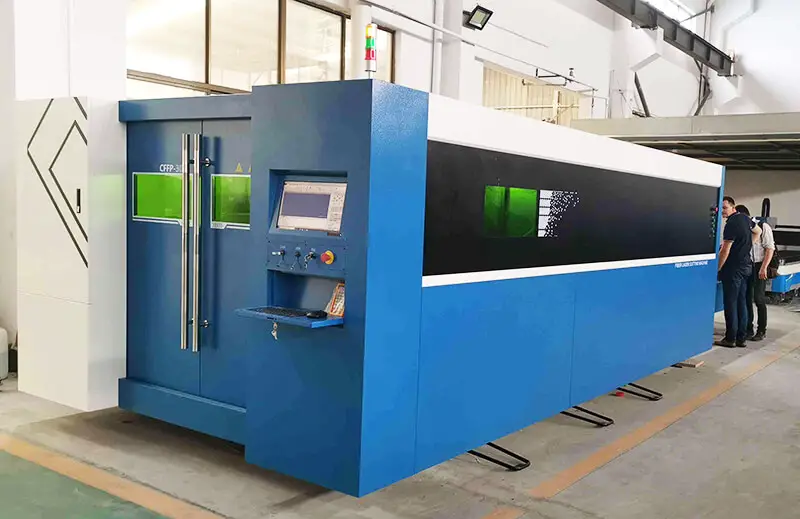
Winter temperatures can cause the temperature of the laser and water cooler to drop excessively, leading to potential freezing of the water cooler pipeline.
Since ice has a lower density than water, the pipeline may break or deform due to volume expansion inside the water cooler and laser, causing significant damage to critical components.
Therefore, it is essential for enterprises to prioritize anti-freezing maintenance of their laser equipment during winter.
If the water cooler and laser have not been used for an extended period, it is necessary to check the drainage condition of the equipment to ensure that the water in the water tank, pipeline, water pump, and other parts of the water cooler are completely drained. This is important to prevent freezing.
The drainage method is as follows:
(1) Water tank drainage method:
To drain the water in the water tank, open the drainage valve located at the bottom of the tank.
If needed, tilt the water cooler to a specific angle to ensure that the drainage outlet is at the lowest point.
(2) Drainage in the pipeline:
Open the water pipe interface and use compressed air to blow air through the inlet and outlet of both the low-temperature water and high-temperature water until all residual water in the water cooler has been removed. Please note that the pipeline structure should be taken into account and adjusted as necessary.
(3) Open the water tank cover and observe whether there is residual water in the water tank.
If so, tilt the water cooler slightly to drain the water or suck the water dry with a dry towel.
(4) Drainage of water pump head:
There is a drain screw located at the lower part of each water pump head.
To shut down or transport the water cooler for an extended period, it is recommended to open the drain screw of the pump head to drain the water from the water pump (ideally, it should be blown out with compressed air), and then securely tighten the drain screw.
To ensure normal operation of the laser equipment, it is important to maintain an ambient temperature of 5℃ or higher.
In situations where the ambient temperature cannot be maintained at or above 5℃, it is recommended to keep the laser water tank operating at all times. The water tank’s constant temperature system will help maintain the temperature of the laser waterway system at the set temperature of the tank.
Note: in case of power failure, it shall be found in time.
To fill the water tank with Antifrogen N (ethylene glycol) antifreeze, use a mixture in the proportion of 3:7 (3 parts antifreeze and 7 parts water).
Once the antifreeze is added, it can resist temperatures as low as -20℃ without freezing. However, it’s important to note that antifreeze is somewhat corrosive. Therefore, it’s recommended that you clean the entire water circuit and replace it with normal cooling water after the winter season.


